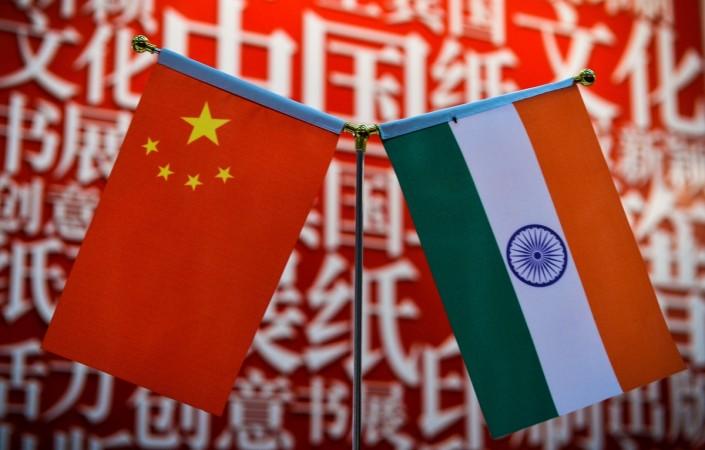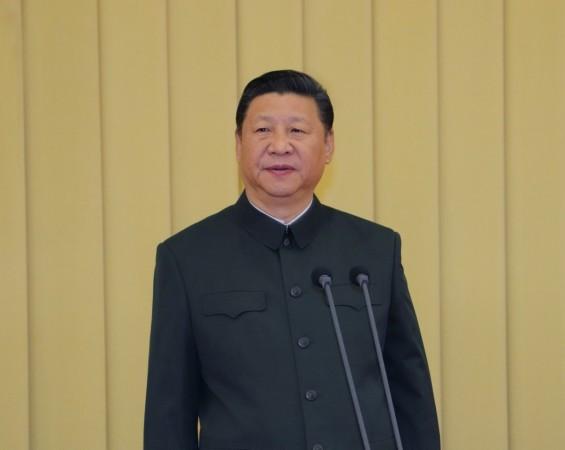Congress leader Rahul Gandhi said on Tuesday that India must be prepared for a 'borderless war' with China as the past practice of a 2.5-front war has become obsolete. Essentialy, it's a conflict in 'grey areas' where civilians are affected and military has to fight unaccustomed roles.
"Indian forces are designed to fight a 2.5 front war. This is now obsolete. We must prepare for a borderless war," he wrote on Twitter. "It's not about past practices and legacy systems. It's about transforming the way we think and act as a nation."
But what's a borderless war? The increasing number of cyber threats and armies fighting enemy without any defined role as seen in wartime is the new mode of war often described as borderless war and China has been at it with many nations.
In her book, former Under Secretary of the U.S. Air Force Antonia Chayes said new gray areas in counterinsurgency, counterterrorism, and cyber warfare required new and innovative solutions for role definition of the army as pointed out by Rahul Gandhi in his tweet.

Border conflict with China
Early last month, after Defence Minister Rajnath Singh informed the Parliament that India had not lost any territory in the LAC standoff, denying the allegations that the Indian territory between Finger 3 and 4 had been ceded to the neighbour.
A Defence Ministry statement said, "There are some things that need to be made crystal clear. The government position at the beginning of the LAC standoff was restoration of status quo ante as of April 2020."

China has been staking its claim on parts of Galwan Valley ever since the boundary talks of 1960. Last year, China pushed over 60,000 PLA soldiers illegally into the Indian territory, along with combat vehicles, heavy artillery, light tanks, medium-lift helicopters, rocket launchers, drones and thermal imaging, and additionally created extensive support infrastructure with fortifications and encampments.
India too amassed its troops and resources in the rugged terrain that stands almost 10,000 feet above the sea level. The current thaw after nine rounds of military talks between the two parties may see the border remain quiet for some time. But the issue that remains writ large is the borderless war.

The recent cyber attacks and power failures in major Indian cities have been linked to Chinese connection and asper reports, the US has alerted India on such threats whicy may often derail development projects and hamper India's growth.
While border clashes can be fought with the armies, the indirect or borderless war remains a challenge to armies of civilians who are not accustomed to sense the enemy attacks in civilian establishments. Here, India needs a comprehensive strategy.

















